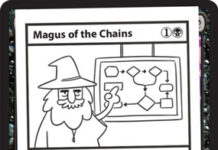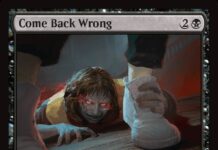As of 2020, Zendikar has joined an exclusive club among Magic planes: the setting for three or more major releases. It and Ravnica both have some way to go before they catch up with Dominaria (recall all of the early, pre-block sets, plus the Weatherlight Saga and the Invasion-Otaria era), but it’s clearly doing something right. And it did it in spite of the way our last visit illustrated some of the most irritating things about Magic’s storytelling.
I remember a forum discussion about “apocalypse fatigue”, a term that was probably independently invented by several fandoms (when are they saying The Winds of Winter is supposed to be out now?). Someone complained that every time Magic visits a new world, its storyline is about a world-ending threat that will destroy everything we’ve been shown in the cards, unless a band of wisecracking heroes can stop it. Here’s the kicker: this was in 2007, and the participants concluded that while Lorwyn and Shadowmoor took a dark and ominous turn, at least it was clearly part of the natural cycle. Zendikar, of course, has flirted with apocalypse in not one, not three, but five (!) previous sets. At least it was averted, unlike a certain Egyptian-themed plane that was a viable society with morality that diverged significantly from that of the marketable protagonists.
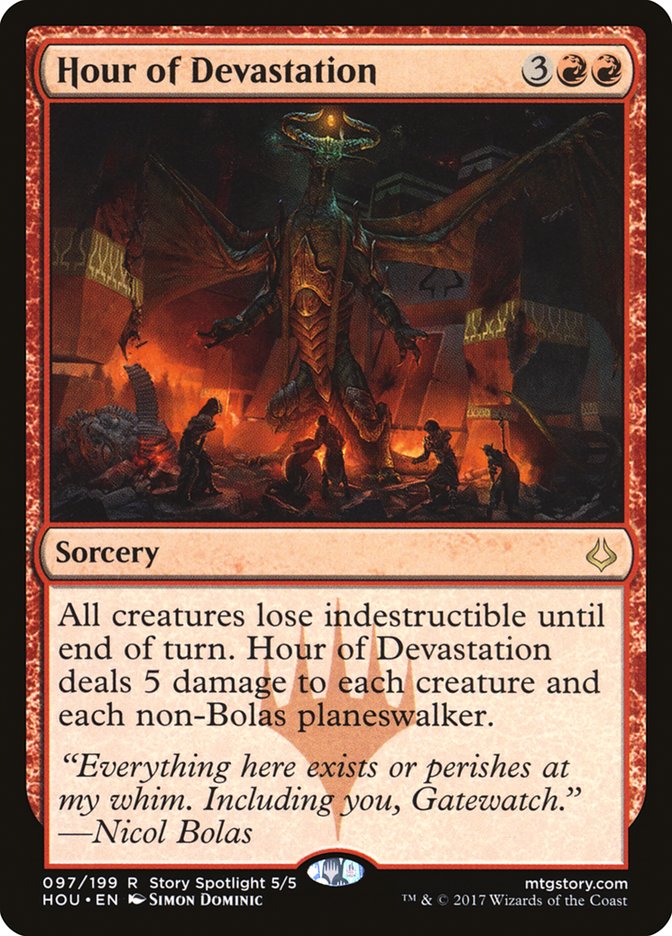
But that’s a matter for our hypothetical future gameplay-free review of Amonkhet. In addition to catapulting Zendikar into the record books, there’s another milestone to mention. With a mechanic named “party” which looks for a Warrior, a Cleric, a Rogue, and a Wizard (the classic balanced composition of roleplaying games), Zendikar Rising is Magic’s most explicitly Dungeons and Dragons-themed set. This is kind of awkward, because one of next year’s planned releases is Dungeons and Dragons: Adventures in the Forgotten Realms, and I am not certain that this doubling-up was intentional.
You’d hope that Wizards of the Coast would realize that once players knew about the party mechanic, they would expect it to be in the Dungeons and Dragons set. You’d also hope that they’d realize this is reasonable and it should, in fact, be in that set. Only time will tell, of course, but in the meantime, it adds some much-needed flavor to Zendikar Rising‘s gameplay. The main issue I see with that is the way it doesn’t always match well with Magic’s slow-paced, card-moving mechanical elements. As Baldur’s Gate players have been told for twenty years, you must gather your party before venturing forth; but it takes you out of the immersion when you draw your Cleric and your Rogue and then sit there for nine turns without drawing a Warrior or a Wizard. And unlike in Dungeons and Dragons, there aren’t any sidequests to introduce you to those party members, or attractive innkeepers to ask for leads.
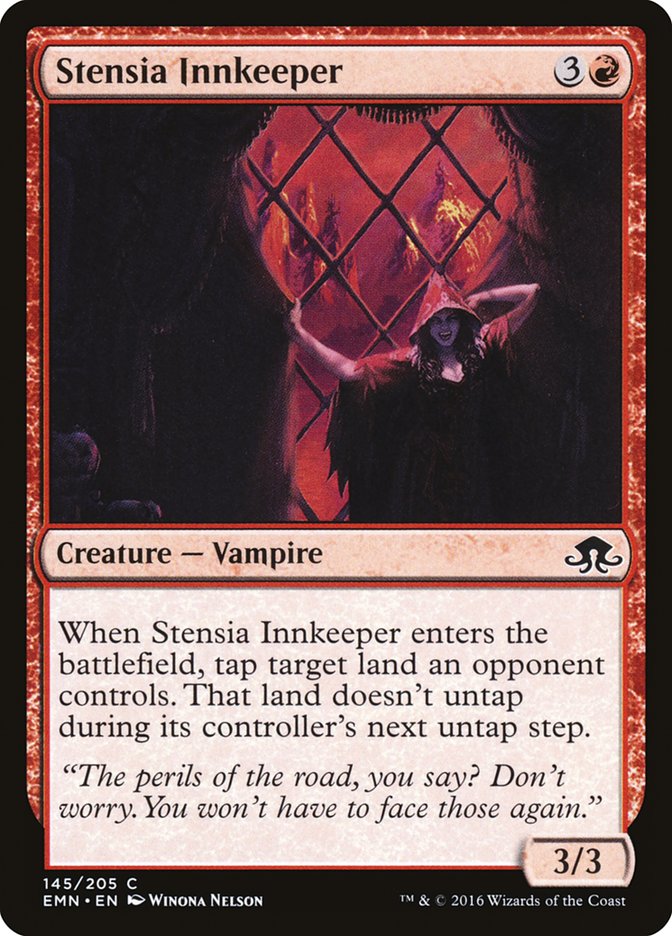
Other than that, I actually had trouble finding things to say in this review. Not because there’s anything particularly wrong with Zendikar Rising, but more because it’s another Zendikar set, and we already know an awful lot about Zendikar. We’ve seen it in several expansions just in Standard, and that’s not even counting cards from Commander, Planechase, and the like. If you liked previous Zendikar sets’ flavor, you will probably like Zendikar Rising too, as most everything you liked is back again.
. . . Except, of course, for the Eldrazi. Despite their strong association with Zendikar, they are absent this time, due to the fall of Kozilek and Ulamog at the hands of the Gatewatch. Statistically and anecdotally, there are probably quite a few of you who are happy about that, too, and that’s great. But it is a fact that they were unique to Zendikar (at least until Emrakul went to Innistrad). They were the thing that made Zendikar what it was, and made it stand out among all of Magic’s sets. To put it in Dungeons and Dragons terms, since that is another of the world’s themes: the Eldrazi were the cosmic mystery behind the everyday business of adventure, comparable to the underdark of Khyber in Eberron.
Zendikar is free now to be an adventure world and to use some of the classic Dungeons and Dragons-inspired adventure tropes. But we have Dungeons and Dragons-inspired and adventure-themed tropes in almost every set now, not to mention the actual Forgotten Realms set coming up. What exactly is Zendikar’s hook now? The Roil was another unique feature of the plane; previously it was connected to the Eldrazi, but some of the new cards suggest it’s actually related to ancient stone and weather magic of the Kor and other nations. But that’s not really enough to sustain an entire plane (and besides, Ikoria apparently has apex monster weather and sharknadoes, which are really the same concept).
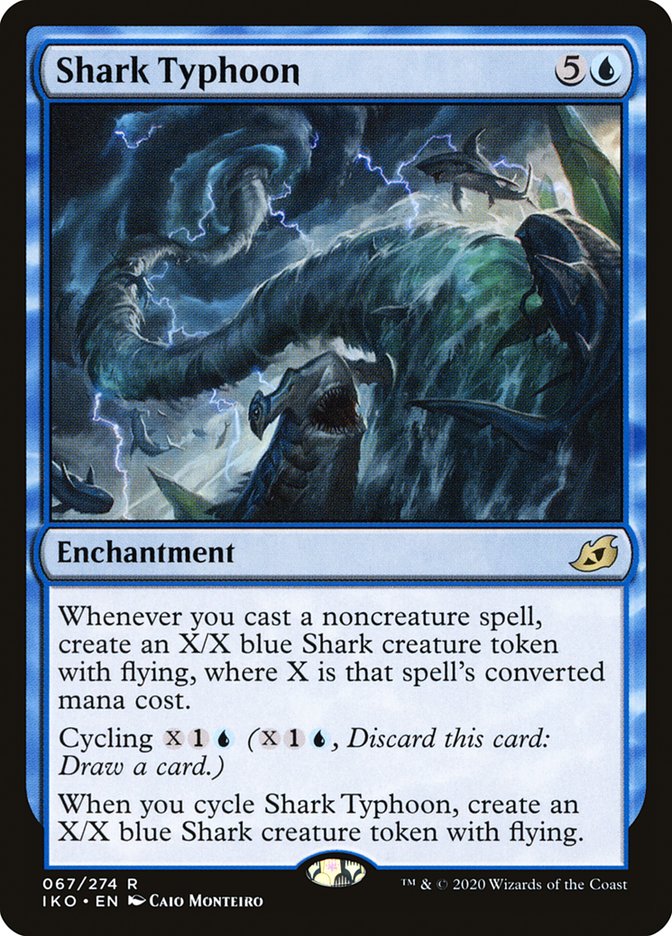
There is an element of liking Magic that comes simply from the fact that it’s Magic. Magic is actually not quite as good as the general tone inside its bubble used to imply (this has, of course, changed a little in the era of Oko and Uro). It’s not as resonant as Warhammer, which has always explicitly acknowledged its roots in history and dark fantasy in a way that Magic didn’t until Innistrad, and which demonstrates how to stitch together things from history to make something new and cool. It’s not as immersive as Dungeons and Dragons, where you can use the rules to tell literally any story you want and express the heights of your group’s collective imagination. It’s not as customizable as Lego, where you can combine pieces and sets and themes and eras, rebuild sets and recombine minifigure parts to make places and people from themes they’ve never officially done (or ones of your own creation), and stage elaborate crossovers that would be a licensing nightmare if you had to wait for the parent companies to do it. But it’s Magic, and there’s nothing else quite like it, so we overlook a lot of its shortcomings.
Zendikar, as a setting, is much the same. As long as it remains recognizable as Zendikar, it retains enough of its initial release’s cachet that it will surely always be popular. This, of course, takes us back to the Eldrazi problem – many people were happy to find none of them in the set’s Gatherer pages. But I have a feeling we’ll miss them now that they’re gone. That’s the problem, isn’t it? Sometimes you don’t know how important something is to a place or an idea until it isn’t there any more. I don’t know yet what we’ll have decided by the time of the fourth Zendikar block; but keep it in the back of your mind, and as they say in the adventurers’ enclaves, watch your step.

